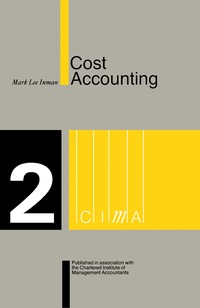Question
The Delta company started business operations on January 1, 2021. The company adopted a standard absorption costing system for the production of handbags. Delta chose
- The Delta company started business operations on January 1, 2021. The company adopted a standard absorption costing system for the production of handbags. Delta chose direct labour as the application base for overhead and decided to use the proration method to account for variances at year end.
In 2021, Delta expected to make and sell 200,000 handbags; each was budgeted to use 6 yards of fabric and require 0.5 hours of direct labour work. The company expected to pay $4 per yard for fabric and compensate workers at an hourly rate of $18. Delta has no variable overhead costs but expected to spend $600,000 on fixed manufacturing overhead in 2021.
In 2021, Delta actually made 220,000 handbags and sold 180,000 of them for a total revenue of $4,000,000.
The costs incurred were as follows:
| Fixed manufacturing costs | $650,000 |
| Fabric costs (610,000 yards bought and used) | 3,660,000 |
| Direct labour costs | $1,790,000 |
1. a) Compute the following variances for 2021, and indicate whether each favourable (F) or unfavourable (U).
- Direct materials efficiency variance
- Direct materials price variance
- Direct manufacturing labour efficiency variance
- Direct manufacturing labour price variance
- Fixed overhead flexible-budget variance (Spending variance)
- Fixed overhead production-volume variance
b) Review the price and efficiency variances of direct material that you have calculated. Comment on the results and discuss possible causes.
Step by Step Solution
There are 3 Steps involved in it
Step: 1

Get Instant Access to Expert-Tailored Solutions
See step-by-step solutions with expert insights and AI powered tools for academic success
Step: 2

Step: 3

Ace Your Homework with AI
Get the answers you need in no time with our AI-driven, step-by-step assistance
Get Started


